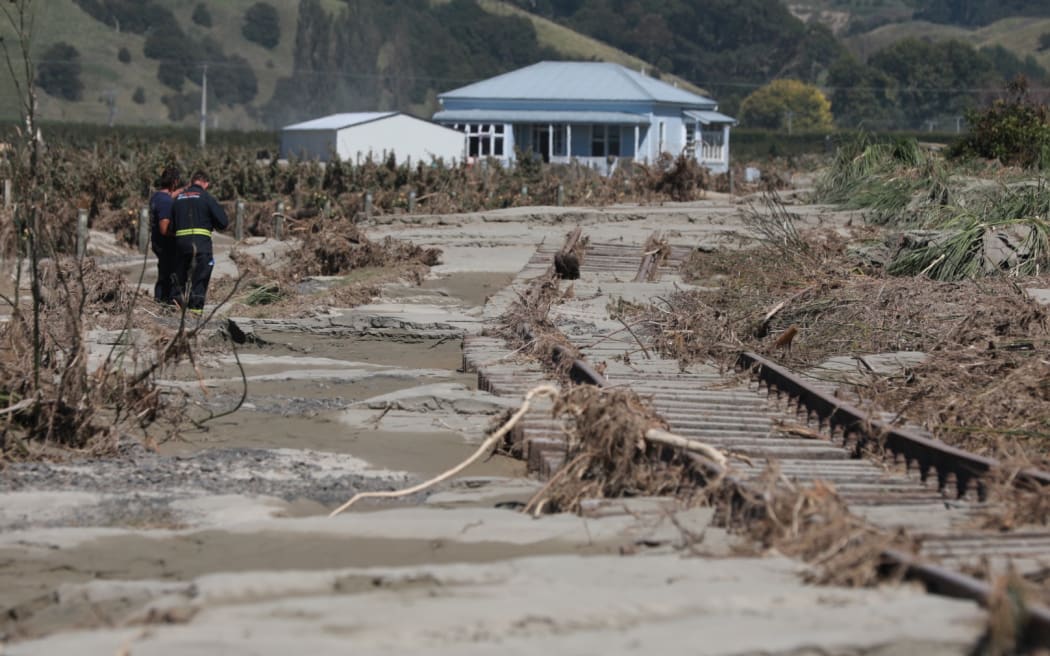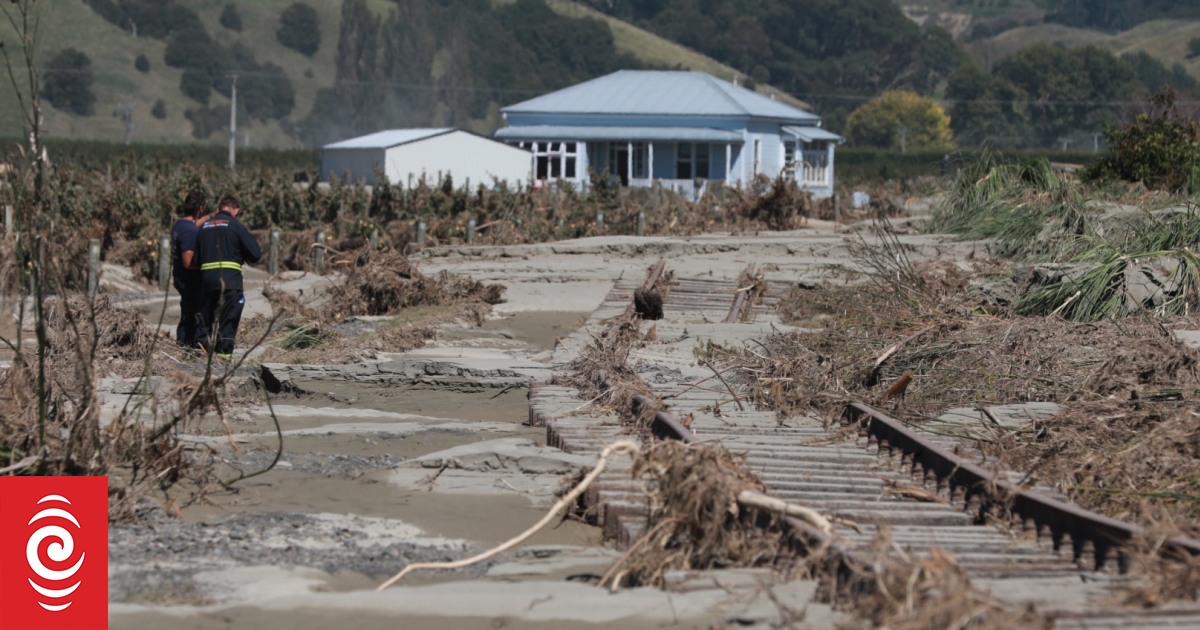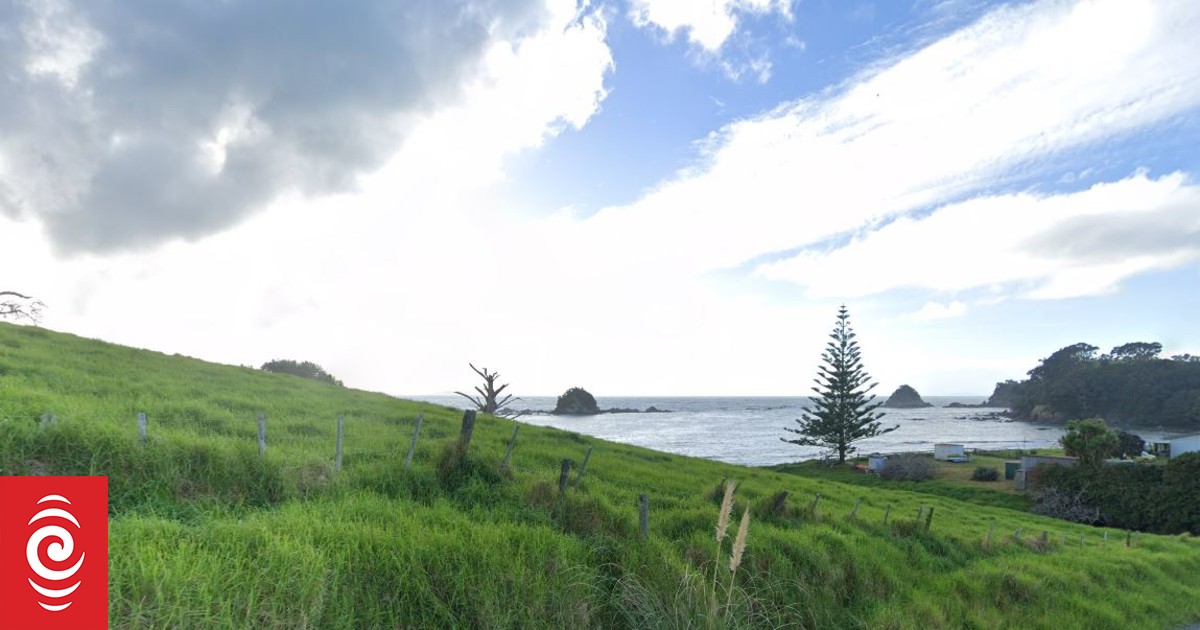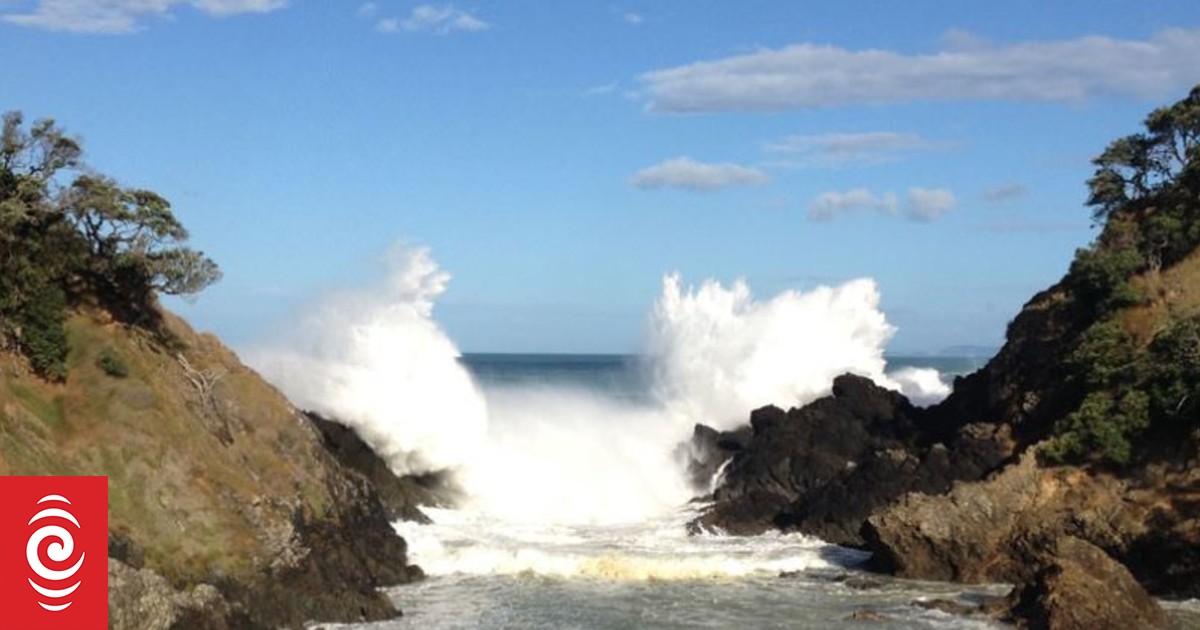
It is estimated the cost of fixing damage caused by Cyclone Gabrielle and the Auckland Anniversary floods will cost up to $14 billion over the coming years, with about half that amount related to central and local government infrastructure.
Photo: RNZ/ Nick Monro
New Zealand needs to prepare for the reality that weather events such as Cyclone Gabrielle and the Auckland Anniversary floods will continue to happen “more and more”, the finance minister says.
Grant Robertson told Morning Report a sustainable funding framework needed to be figured out to help communities recover from such events in the future.
“We’ve got to make decisions that can endure for the long-term.”
The government yesterday earmarked almost $1 billion for a flood and cyclone recovery package aimed at repairing roads, rail and schools, as well as new flood protections and mental health support.
Fixing the damage caused by the significant weather events of January and February is expected to cost up to $14 billion – roughly half of which is related to central and local government infrastructure – but Robertson said that cost would be spread over “a significant number of years”.
“The package we announced yesterday was very much focused on the things we can deliver right now, but clearly the rolling maul of announcements that began [in] the immediate days after the floods and cyclones has carried on.
“We’ve had about $800 million of support announced up until this announcement, now we’ve added on the best part of another billion dollars.”
Robertson said the additional funding announced yesterday was what the government knew it could deliver over the coming year but more support would be coming.
“A major disaster like this doesn’t just get solved in one year.”
He acknowledged the frustration of disaster-hit communities that were still waiting for financial support but said the government was working on a locally-led recovery, which had been asked of it.
“The money that we’ve delivered, for example, for farmers and growers is going through local councils and we’re working with them to make sure they get the money out the door quickly.”
However he said certain criteria did have to be met when public funds were involved.
“I appreciate the frustration, I feel it every time I’m up there but we’re working as hard as we can to get that money out.”
He said additional announcements about support for sediment removal for the hard-hit horticulture community had been made last week but the government could not “pay every dollar of the recovery and rebuild”.
The support offered needed to be fiscally sustainable, he said.
“We have to make decisions in what is a very complex environment, we’re making decisions along with the local government and with insurers about the future of some parts of the community; we don’t want to rush that, we have to get that right.”
Robertson said he would have more to say about broader infrastructure issues for the whole country in Thursday’s Budget.
“We’re in a very challenging economic environment for everybody, we’ve got to strike a balance between supporting people with the cost of living, making sure we do deliver public services, making sure we do this kind of recovery work, but also being fiscally sustainable.
“We’ve had some big Budgets over the last few years to support people through Covid so we’ve got to look carefully at the way we’re funding everything.”
Flood protection support a good start but more will be needed
The Hawke’s Bay Regional Council says it is looking at how to build resilience against floods.
Chairperson Hinewai Ormsby told Morning Report the government’s $100-million flood protection funding for cyclone affected areas was a good start – but more would be needed next year.
She said the money would go towards upgrading the council’s flood protection scheme and repairing damaged stopbanks in the region.
“We had six kilometres of breaches in Hawke’s Bay, particularly around the Heretaunga plains and we’ve repaired around 1.8 kilometres of those, so within six to nine months, all those repairs will be completed.”
She said the money would go a long way in the coming year but the council would “definitely be going back for more for the ’24 Budget”.
Insurance payouts and the council’s own balance sheet would also help to cover the repair costs, she said.
Ormsby said work was also being undertaken to ensure the region would have better flood resilience in future.
“What can be built in for further resilience are things like widening the rivers at the right places, spillway areas, storage areas,” she said.
“There are a whole lot of tools we can grab onto.”
Support for farmers welcome, but thinly-spread
Cyclone-hit farmers say the government’s recovery package is welcome, but they need immediate practical help before winter.
The Hawke’s Bay Federated Farmers branch president, Jim Galloway, told Morning Report timing was critical.
“The window for doing things is closing very rapidly. Diggers can’t work when it’s too wet on farms, it’s too dangerous,” he said.
“We’re three month on now and people have been going as hard as they can, but there’s only so much you can do, especially when your normal
farming jobs are all taking longer.”
The government has allocated $35m to rural communities for urgent maintenance, transport and expert advice to address safety issues.
Galloway said it was great to see funding for road and stopbank repairs included in the latest package.
“That’s two really good things because that’s an expensive exercise for ratepayers to try and fund otherwise.”
However he said the money would not go far once it was spread between all the affected farms.
“This isn’t just Hawke’s Bay, it’s Northland, Coromandel, Tai Rāwhiti, right down into the Wairarapa, so there’s hundreds and hundreds of farms that’ve been affected.”
There was also a lag between funding announcements and the support actually making its way to farmers, he said.
“There is quite a gap between saying money’s available and actually getting it onto farms … it’s not just instantly available.”




